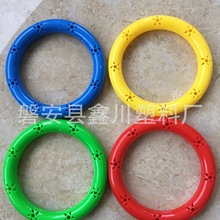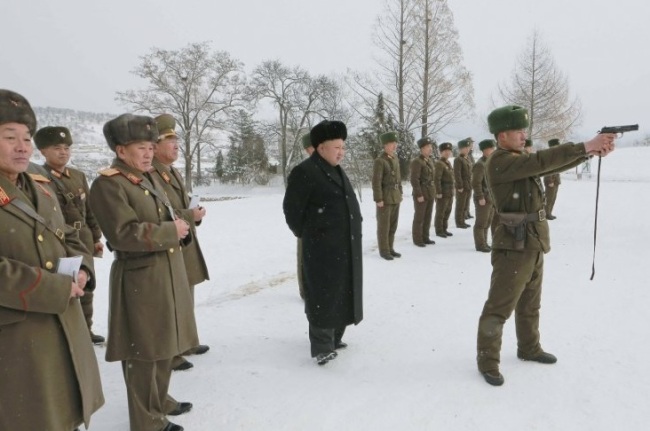剧情简介
The main purpose of U.S. efforts to deploy a THAAD missile defense unit to South Korea is to protect the U.S. mainland from North Korean missile threats, a former top American diplomat said Wednesday.
Former Deputy Secretary of State Richard Armitage made the remark during a security seminar on Korea, claiming that hosting a Terminal High Altitude Area Defense battery is a responsibility South Korea has as an ally of the United States.
"I think the United States has approached this incorrectly ... I think we have not been as clear ... about what THAAD does as we should have been," Armitage said during the seminar hosted by the Center for Strategic and International Studies and the Korea Foundation.
"I see the deployment of THAAD as an alliance responsibility for the Republic of Korea because THAAD, although it covers some of the Republic of Korea, ... it is more for the defense of the United States, the continental United States against North Korean missiles," he said.
The U.S. wants to deploy a THAAD unit to South Korea, where some 28,500 American troops are stationed, to better defend against ever-growing threats from North Korea's ballistic missile and nuclear programs.
U.S. officials said such a deployment would be critical in the defense of South Korea and American forces in the region, even though they claimed that there have been no formal consultations or decision on the issue between the two countries.
A potential THAAD deployment to South Korea has become one of the most sensitive for South Korea because China and Russia see a potential THAAD deployment as a threat to their security interests and have increased pressure on Seoul to reject such a deployment. (Yonhap)
Former Deputy Secretary of State Richard Armitage made the remark during a security seminar on Korea, claiming that hosting a Terminal High Altitude Area Defense battery is a responsibility South Korea has as an ally of the United States.
"I think the United States has approached this incorrectly ... I think we have not been as clear ... about what THAAD does as we should have been," Armitage said during the seminar hosted by the Center for Strategic and International Studies and the Korea Foundation.
"I see the deployment of THAAD as an alliance responsibility for the Republic of Korea because THAAD, although it covers some of the Republic of Korea, ... it is more for the defense of the United States, the continental United States against North Korean missiles," he said.
The U.S. wants to deploy a THAAD unit to South Korea, where some 28,500 American troops are stationed, to better defend against ever-growing threats from North Korea's ballistic missile and nuclear programs.
U.S. officials said such a deployment would be critical in the defense of South Korea and American forces in the region, even though they claimed that there have been no formal consultations or decision on the issue between the two countries.
A potential THAAD deployment to South Korea has become one of the most sensitive for South Korea because China and Russia see a potential THAAD deployment as a threat to their security interests and have increased pressure on Seoul to reject such a deployment. (Yonhap)







